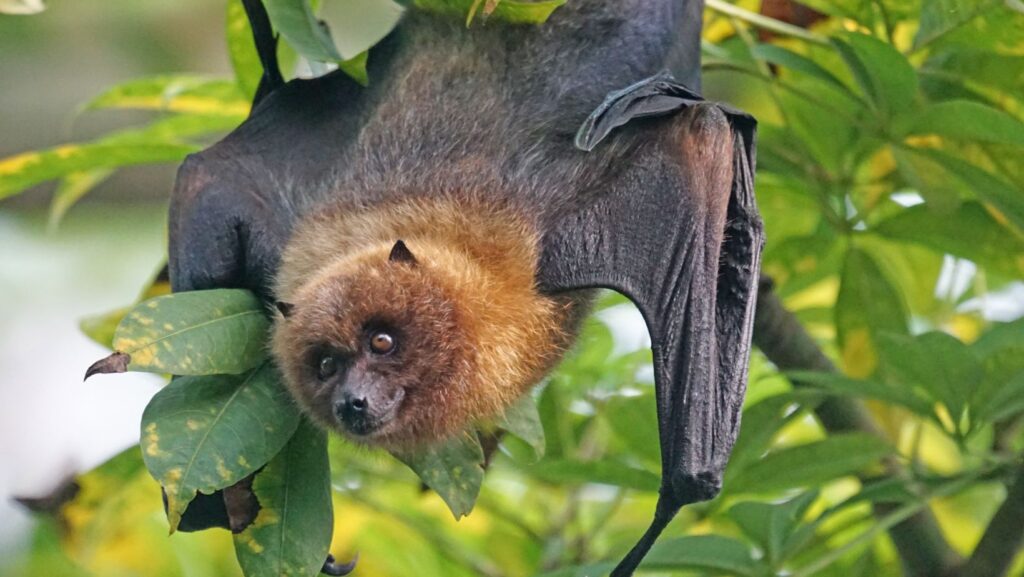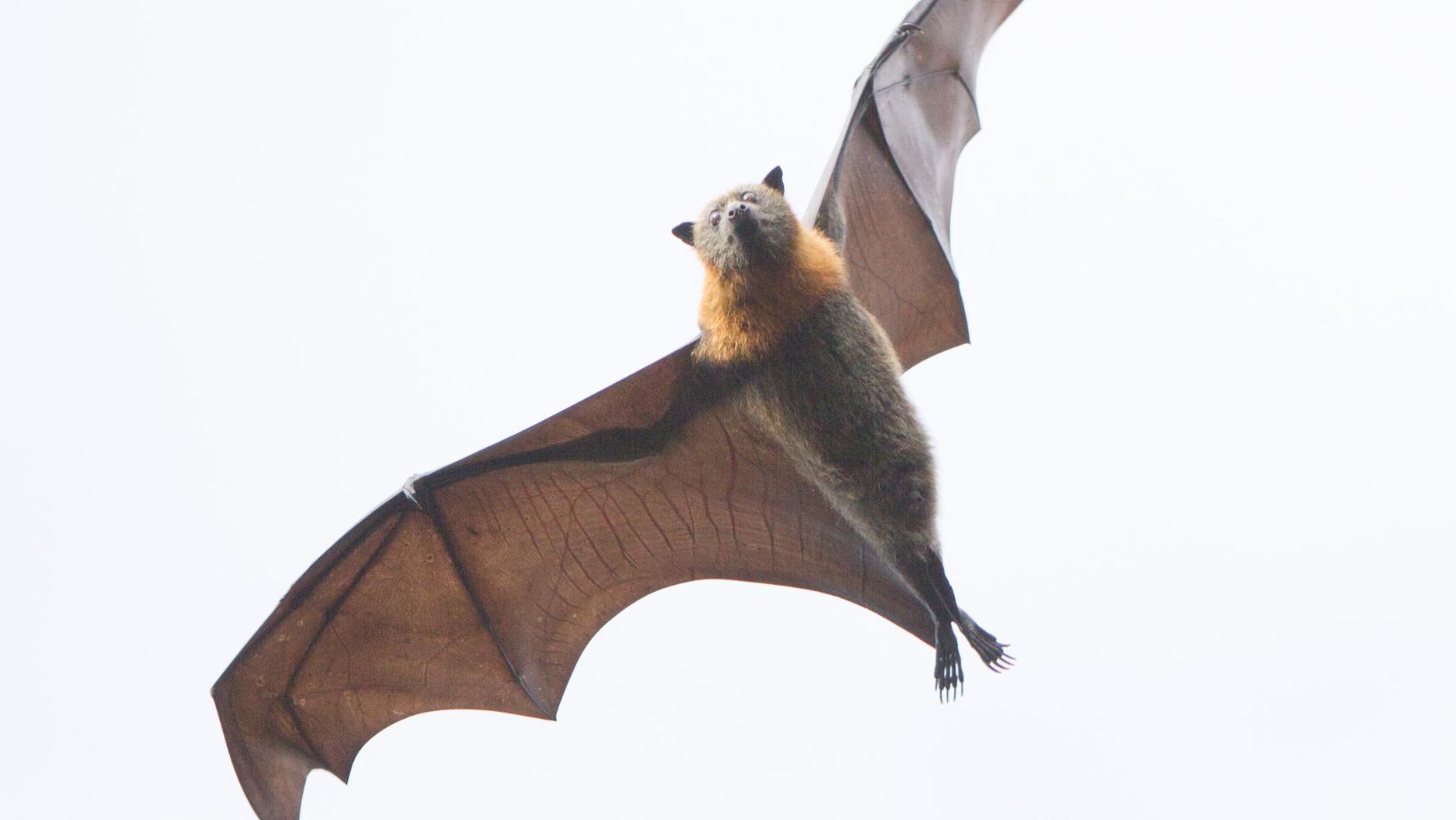
Are you curious about how long a bat can survive without food or water? Well, wonder no more! In this article, I’ll be delving into the fascinating world of bats and exploring the factors that affect their survival in times of scarcity. From their unique physiological adaptations to their remarkable feeding habits, we’ll uncover the secrets behind just how long these winged creatures can go without nourishment.
Bats are truly remarkable animals. They possess an array of adaptations that enable them to endure periods of limited resources. One such adaptation is their ability to enter a state called torpor. During torpor, a bat’s metabolic rate significantly decreases, allowing it to conserve energy and survive for extended periods without consuming food or water. This incredible feat enables bats to cope with unpredictable food availability and harsh environmental conditions.
How Long Can a Bat Live Without Food or Water
The Role of Food in Bat Survival
When it comes to the survival of bats, food plays a crucial role. As nocturnal creatures, bats rely on their exceptional hunting skills to find sustenance during the night. Their diet mainly consists of insects, fruits, nectar, and even small vertebrates like fish or frogs in some cases. Without an adequate supply of food, bats can face serious consequences.
Bats are known for their voracious appetite, consuming a significant amount of insects every night. In fact, a single bat can eat up to its body weight in insects! This makes them valuable allies in controlling insect populations and reducing crop damage caused by pests. However, if bats are unable to find enough food due to habitat loss or other factors, it can lead to malnutrition and weakened immune systems.
Water: A Vital Resource for Bats
In addition to food, water is another vital resource that bats require for their survival. While many people associate bats with caves and dark crevices where they roost during the day, these flying mammals also need access to water sources such as lakes, rivers, ponds, or even dew droplets found on leaves.
Water is essential for maintaining hydration levels and aiding various physiological processes within their bodies. Bats drink water by skimming the surface while in flight or by swooping down low over bodies of water. They may also obtain moisture from succulent fruits or vegetation containing high water content.
Natural Habitat and Availability of Food Sources
Natural Habitats for Bats
When considering the factors affecting how long a bat can live without food or water, it’s crucial to understand their natural habitats. Bats are found in diverse environments worldwide, ranging from forests and caves to deserts and urban areas. These adaptable creatures have evolved to occupy various niches within these habitats.
Forest Habitats: Many species of bats make forests their home due to the abundance of suitable roosting sites and ample food sources. Forests provide bats with an array of insects that serve as their primary food source. From moths and beetles to mosquitoes and flies, the dense vegetation provides an ideal hunting ground for these nocturnal hunters.
Cave Habitats: Certain bat species prefer the sheltered environment provided by caves or underground structures. These locations offer stable temperatures, protection from predators, and a safe space for rearing young pups. In cave ecosystems, bats often rely on insects that inhabit the surrounding area or even within the cave itself.
Urban Habitats: With expanding human populations encroaching on natural landscapes, some bat species have adapted to urban environments. They find refuge in buildings, bridges, or other man-made structures that mimic their natural roosting sites. Urban areas may offer a different variety of food sources for bats compared to wild habitats due to the increased availability of artificial lighting attracting insects.
Food Sources for Bats in the Wild
The availability of food is vital for a bat’s survival without sustenance over an extended period. Bats are primarily insectivorous, feeding on a wide range of flying insects such as moths, beetles, midges, and mosquitoes. The specific diet varies depending on the geographical location and habitat preferences of each species.
In conclusion, it is evident that food and water are vital for the survival and well-being of bats. The availability and accessibility of these resources directly impact bat populations worldwide. By understanding the importance of maintaining suitable habitats with abundant food sources and clean water, we can contribute to the conservation efforts aimed at preserving these fascinating creatures and their ecological roles as efficient insect hunters.













